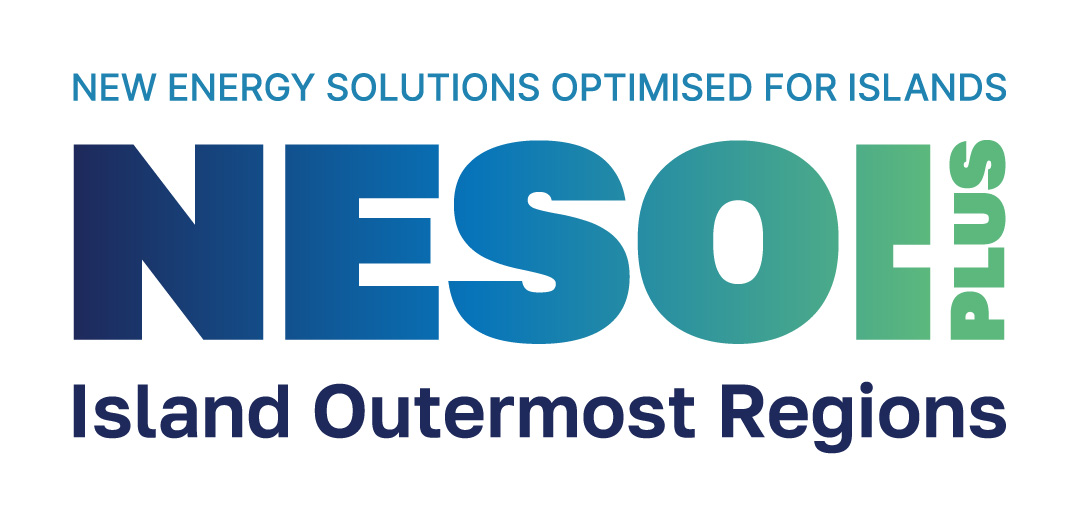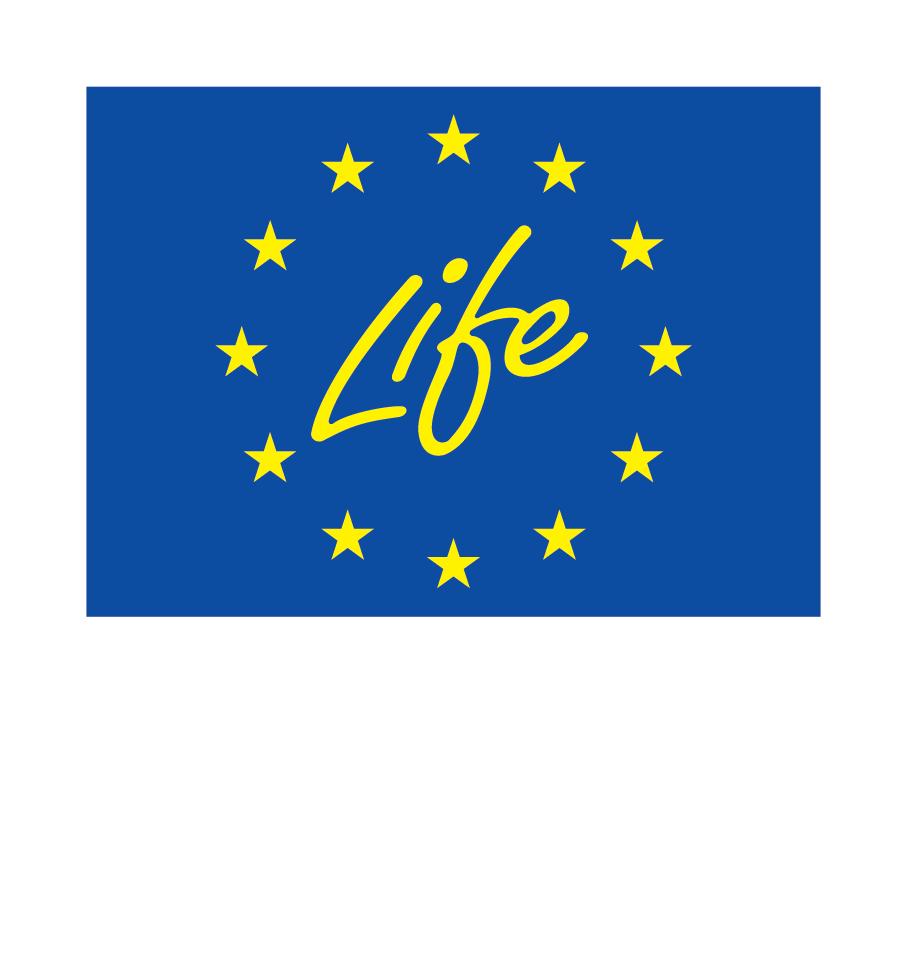Public Irrigation Service Decarbonization Energy Plan for the Island of Tenerife (DEWITEN) is a project supported by NESOI European Islands Facility, managed by our partners from RINA, and promoted by BALTEN.
What is DEWITEN?
The Island of Tenerife aspires to be the first of the Canary Islands to investigate the islands energy potential. There is a lot of excess pressure in the water supply network on mountainous islands such as Tenerife. The project will evaluate the potential for taking advantage of this energy, which is innovative and a great opportunity to reduce the primary energy consumption and associated GHG emissions.
The aim of the project is to conduct energy audits of all BALTEN infrastructures; study the feasibility of photovoltaic and small wind potential on the island, investigate the potential of microturbines for the BALTEN irrigation water piping system and develop a sustainable mobility feasibility study of the service vehicles fleet.
The project impacts the whole island and its 31 municipalities, 14 jobs will be created and a renewable share of 68.2 % will be achieved with benefits on the local grid. The project will set a great example for other mountainous islands in warm climates for the decarbonization of the irrigation service and the integration of renewable energy in general.
Additionally, the project is replicable and scalable on other islands, as well as on mainland, where irrigation water networks exist. Some solutions may need to be adapted to specific conditions such as difference in height for mountainous islands or specific wind potential conditions.
DEWITEN: Potential of microturbines on islands
Microhydropower or microturbines can be simple and consistent forms or renewable energy in places where there is flowing water.
The BALTEN irrigation system is an extensive network composed of 20 ponds, 23 tanks, and a total of 1.500 kilometers of pipelines. A total of 73 potential sites for microturbines were identified and a shortlist of these facilities was then made based on the closeness of the electricity consumption. The potential sites corresponded to the following types.
Inflows storage ponds that have historically relied on the excess groundwater during winters. However, the groundwater resources are declining, and nowadays regenerated water is being pumped from lower elevations to the inflow ponds. Therefore, inflow ponds do not make sense for electricity generation, since the water first needs to be pumped into these ponds.
Outlets storage ponds usually have a maximum water level of 14 meters. However, it is also necessary to maintain downstream pressure for the irrigation network. Thus, the maximum height difference between where the water enters into the microturbine system and where it leaves it (i.e., potential head) is about 8-9 meters.
Pressure reducing valve sites were in most cases beyond 500 m from the point of electricity consumption. Additionally, there was no flow or pressure information available for the study and further measurement is needed.
How does NESOI Support this project?
The European Islands Facility (NESOI) aims to unlock the potential of EU islands to become the locomotives of the European Energy Transition. To do so, NESOI aims to mobilize more than €100 Million of investment in sustainable energy projects to give EU islands the opportunity to implement energy technologies and innovative approaches, in a cost-competitive way.
More specifically, NESOI has provided the following support:
- Feasibility analysis for sustainable mobility, hydraulic microturbines, and energy potential.
- Risk and vulnerability assessment and identification of available mitigation strategies.
- Identification of measures to reach the defined objectives and key project sizing drivers.
- Mapping of the main financial instruments available to finance the identified actions.
- Action plan and monitoring system, allocation of responsibilities for its implementation.
- Support in participatory processes and drafting of the CETA.
READ MORE INFORMATION IN THE DEDICATED PROJECT BROCHURE


